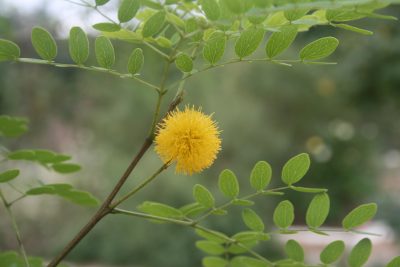The tag on my crape myrtle lists a different mature height than what I read online. Which one is correct?
Thank you to Aimee Casper for this great question! This has happened to all of us. In her case, the tag listed her crape myrtle as growing 12 to 15′ tall, but she found online sources that indicated a mature size of 25-30′. Well, as you might guess, this made a big difference to her. A 10 to 15 feet difference in plant size really changes where a plant should be placed in the landscape. Unfortunately, this problem is usually the rule, not the exception. You might even hear me give different information on a particular plant than you see on the label or from other sources.
So which is right? The label or the researched sources? This is where you really need to use your skills of logic and give some careful thought to the situation. First, try to see where the plant was produced and understand the climate of origin. Did the plant originate in northern California? If so, the plant may get larger in our lower elevation gardens, where we have more warmth and sunlight.
Another question to answer: will you be able to give the plant ample water and space? That will also lead to a larger plant. But, sometimes our plants will be SMALLER than what the tag indicates due to our moderate rainfall.
Another area where the label often differs from your unique reality is in the planting instructions, such as full sun vs. shade. Full sun on a label very rarely means the type of full sun that is common in our summers, but it might.
Also look at the tag for cold hardiness.
The best way to know for sure is to ask your local nurseries. They have long-term experience with the plants they sell and can tell you what to expect in your own garden.
If you rely on the internet, look for sites that are in Texas, like Texas AgriLife Extension. Information for Virginia may not apply to us!
Here’s a Texas AgriLife guide to crape myrtles and their sizes.

 Betty Ronga
Betty Ronga Gerald Ronga
Gerald Ronga Meredith O’Reilly
Meredith O’Reilly Daphne Richards
Daphne Richards
 Trisha Shirey
Trisha Shirey